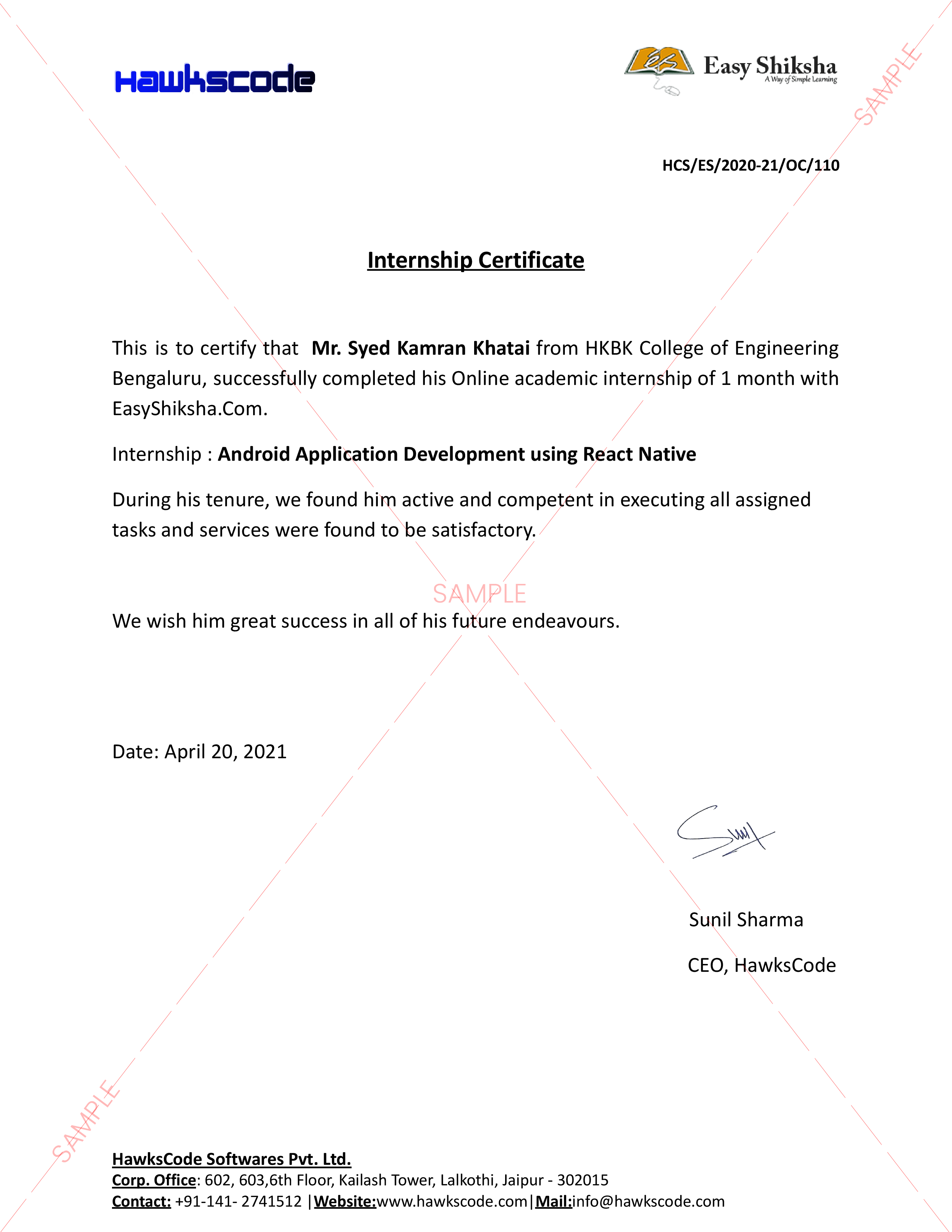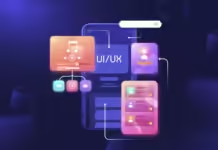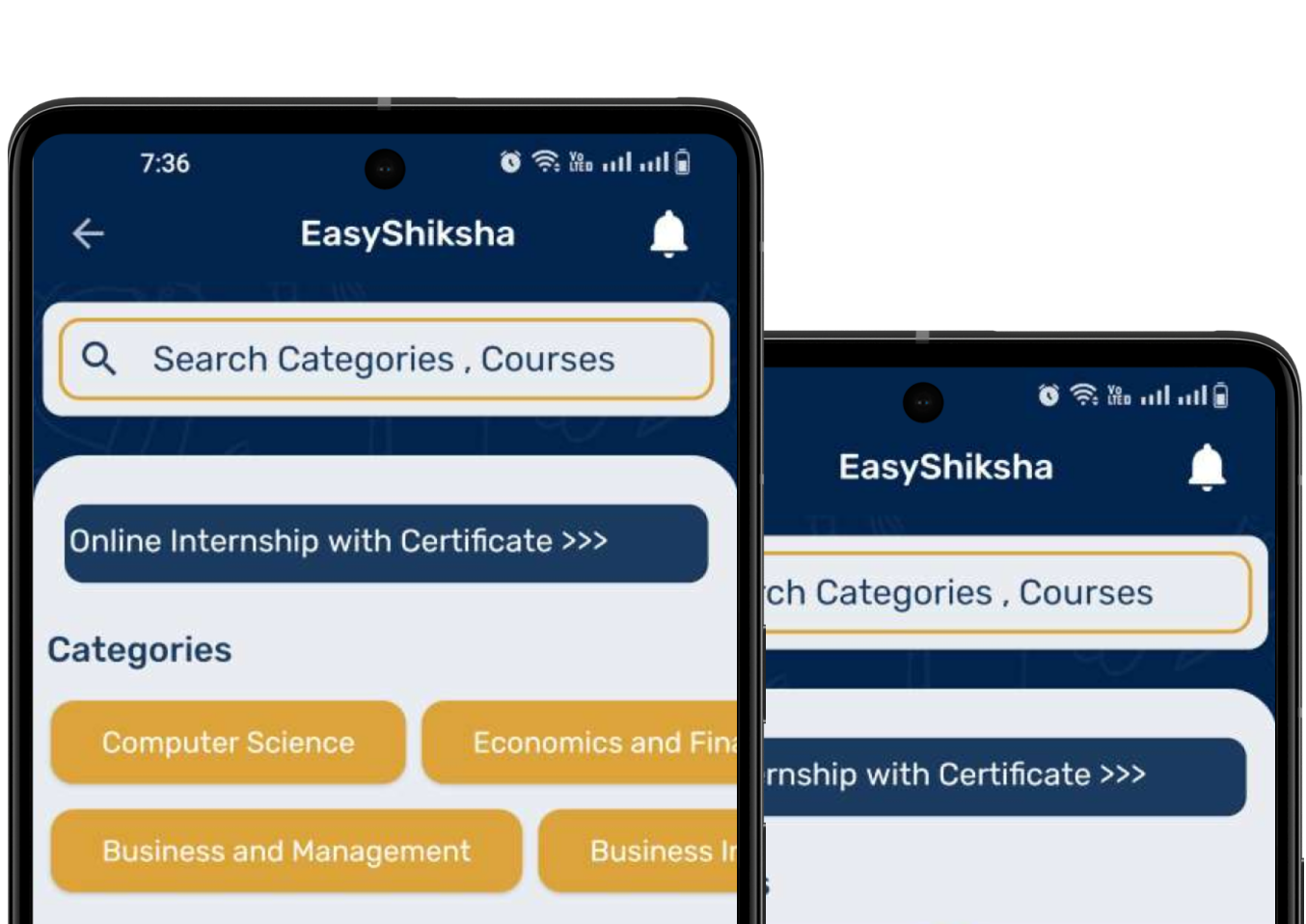The digital age has brought about many changes and advancements in the field of education, making it easier for teachers to deliver instruction, and for students to learn. With the use of technology, the traditional model of teaching and learning has the potential to evolve into a more interactive, student-centred approach that can dramatically improve student outcomes.
The need to improve the teaching efficacy
What are educators looking for? Teaching aids and tools that make their lives simpler. The task of teaching and getting learners to connect with concepts is certainly not easy. Diminishing attention spans, personal devices, and other distractions add to their woes. Teachers need smart technologies to help them make the process of learning interesting. While smart boards, video conferencing platforms, and virtual classrooms have made their way into most educational environments across the globe, educators are still looking to redefine their teaching experience with high-end technologies. A report by SmoothWall found that over 96% of teachers believe that edtech has positively impacted student engagement. This highlights the growing recognition among educators of the potential of technology to enhance the learning experience, increase student participation, and, moreover, make teaching easier in the digital age.

Benefits of leveraging technology
● Technological advancements can take the classroom environment to a new dimension, making learning way more interactive than before. Digital age tools such as online simulations can enable teachers in providing hands-on, interactive learning experiences that can help learners understand complex concepts in a way that is both engaging and memorable. This type of learning is especially effective for students who learn best through active engagement and experimentation.
● One of the biggest advantages of leveraging technology in the classroom is access to vast amounts of information. Digital age tools provide educators with a virtually limitless supply of information on a wide range of topics, which can be invaluable in their academic pursuits. With just a few clicks, they can help students access articles, videos, images, and other resources to deepen their understanding of a subject.
● Another great advantage of technology is customized learning. Digital tools and resources make it possible for teachers to let learners learn at their own pace and go over lessons repeatedly till they reach concept clarity. This also enables teachers to assess the progress of different learners based on their understanding of the material.
● Technology facilitates collaboration among teachers across the world allowing for sharing of resources and teaching pedagogies. With the use of online collaboration tools, they can work together on projects and discussions, even if they are located in different parts of the world. This type of collaboration benefits students as well, as it helps them develop important communication and teamwork skills that are valuable for academic as well as professional careers.
Immersive technology and its potential to empower teaching
Immersive technologies like virtual and augmented reality (VR & AR) have the ability to transport students to new and exciting worlds of learning. With VR, teachers can create immersive and interactive learning experiences that engage students and help them understand complex concepts. AR enhances the real world by overlaying digital information and experiences onto physical objects, making learning more interactive and dynamic. Not just that, immersive technologies also offer a great deal of ease for teachers to prepare lesson plans and assess student performance. They allow teachers to accurately assess student progress and provide feedback in real-time, enabling teachers to identify areas where students need additional support and provide targeted instruction for different students. Additionally, this type of assessment and feedback can help students understand their strengths and weaknesses, and take directed efforts to improve their performance.
Real-time impact of immersive learning
Immersive technology has created a significant impact in education around the globe. VR learning solutions were introduced at Ithaca College, USA, in their teacher training program.
Dr Havens-Hafer, an assistant professor at the college, found that immersive technologies enabled teachers to bring attention to differentiating instruction that meets the needs of all kinds of learners – kinesthetic, visual, and auditory – whether at a higher-ed level or K-12. The goal is to make VR technology more user-friendly not only for future teachers, but also for the students they’ll be teaching.
ALSO READ: Manisha A Aggarwal’s ‘Malhar’ Bandish released by T-Series
A few years back, the Department of Foreign Languages and Cultures, jointly with professors from the Medicine and Psychology schools in Colombia, South America implemented VR modules as a medium of instruction for content and language-integrated learning. The project encouraged the use of virtual reality to maximize the comprehension of complex concepts, giving students the opportunity to interact and practice with the content within an immersive environment. In India, immersive learning has made it possible to take education to the last mile. VR labs set up in schools in the remote regions of Nagaland, have made it possible for teachers and students to access a massive library of STEM learning modules, as well as virtual tours of world-renowned landmarks. This goes to show the efficacy of immersive technologies across subjects and lessons, cutting through the barriers of space and time. Immersive technologies provide a gamified environment with feedback, based on individual performance. As a result, teaching can be effectively transformed from a one-size-fits-all approach to a dynamic and interactive learning experience that caters to the individual needs of each student.
Influx of technologies in the contemporary education landscape
Innovative technologies are adding a new dimension to the way information is disseminated within the classroom. According to a PBS LearningMedia research, 74% of instructors believe that educational technology has improved their ability to motivate students and reinforce lesson plans. Furthermore, 73% of teachers felt it assisted them in engaging students with different learning preferences. The digital age has made it easier to teach and learn, and technology has the potential to transform education and help students achieve their full potential. Educational institutions can leverage the most out of technology by providing technical support, training teachers, and creating a culture of innovation and experimentation. Digital tools and resources facilitate a student-centered approach in teaching, enhancing the potential to improve student outcomes and help learners develop the skills and knowledge they need to succeed in a rapidly changing world.
The global education industry has continued to embrace the potential of technologies in the classrooms, and for good reason. Educators now have the capability to move from a lengthy, lecture-style approach to an engaging and participatory learning environment for students, making learning more engaging, personalized, and more effective. From artificial intelligence and machine learning to virtual and augmented reality, the latest technological advancements have the potential to revolutionize the educational landscape. With these cutting-edge tools, students will be able to engage with learning in new and exciting ways, while enabling teachers to personalize instruction, track student progress, and meet the needs of the modern learner, better
Authored by Dave Dolan, Chief Product Officer, Veative Group
This year Educate yourself and develop your skills with EasyShiksha

































































